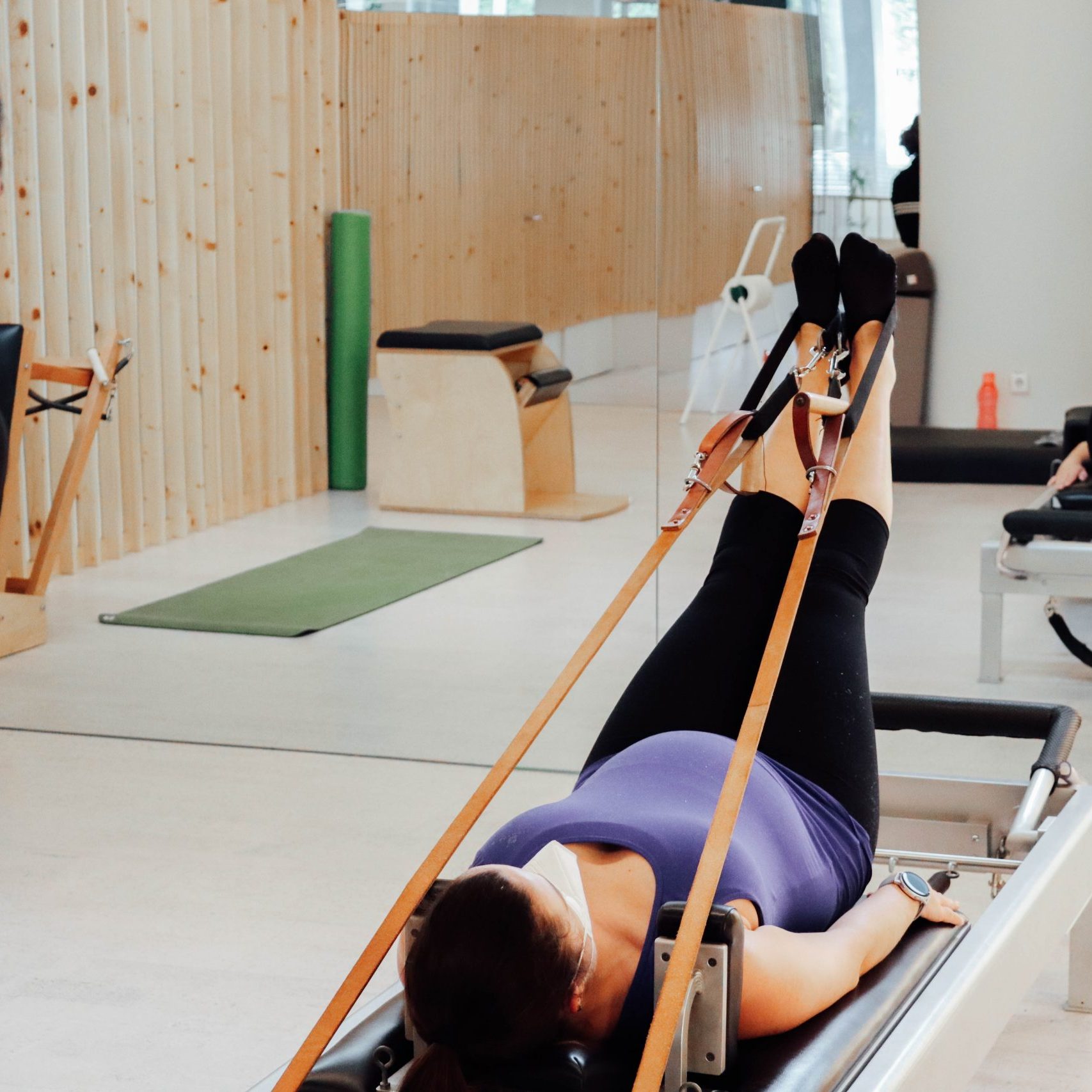Pregnancy and Physical Exercise
If you are pregnant or planning to be, this article is for you, because through it you will understand how to relate your exercise practice with pregnancy.
First let's figure out what
Is this "being pregnant"?

The state of pregnancy according to the General Directorate of Health (DGS) in the National Program for the Surveillance of Low-Risk Pregnancy (2016) is a physiological process of generating (a baby), which leads to a physical and emotional adaptation. It is therefore not a disease state that needs any treatment.
Second, physical exercise
consists of what exactly?
Physical exercise, according to the same institution (DGS) consists of the practice of any planned physical activity with a specific objective, with or without prescription.
The most important question then arises: Can all mothers-to-be exercise?
What is recommended?

If you already practiced physical exercise before pregnancy, you can continue it, however, if you still do not exercise regularly, as a matter of precaution, you must wait for medical authorization, which, as a rule, authorizes the practice of exercise in the second trimester.
The American Pregnancy Association (APA) recommends 30 minutes of aerobic exercise daily, such as: walking, strength work (squats, push-ups and rows, for example ), Prenatal Yoga and Pilates, even because, in the specific case of pregnant women, it is about applying a method centered on breathing work, on the pelvic muscle work and recovery from back pain.
Among many benefits, exercise will contribute significantly to reduction of back pain, decrease in swelling (especially in the legs), improvement dilation (at the time of delivery), posture, energy, mood and sleep.
What is not recommended?

If you have a risky pregnancy or are sedentary, physical exercise is not recommended. However, the good news for sedentary women is that they can do it after the first trimester.
A very important aspect to take into account regarding the gestation period is the absence of a significant number of scientific studies (due to the difficulty of finding available mums), since no pregnant woman wants to risk this very sensitive phase.
In this way, there are some contraindications due to the lack of information on the baby's development.
Thus, physical exercise with impact (for example, jumps and falls), with violent physical contact, of intermittent high intensity, in hot and humid environments, with tendency to apnea and with many changes of direction, is not recommended.
You should avoid stretching/flexibility work in large amplitudes, as in this phase the increase in relaxin production (mainly in the 3rd trimester to help with childbirth) can lead to injury without having perception.
Just out of curiosity, please be aware that the use of the bioimpedance scale has not been studied, therefore it should not be used.
In short, practice physical exercise as long as you are authorized by your doctor and accompanied by a certified, qualified and preferably experienced exercise professional, because no two mothers are alike.
Bibliographic references:
Exercise during pregnancy.
Consultation 18 APR 2020, available at https://americanpregnancy. org/pregnancy-health/exercise-during-pregnancy/
National program for the promotion of physical activity.
Consultation 18 APR 2020, available at https://www.dgs.pt/programa-nacional-para-a-promocao-da-atvidade-fisica/perguntas-e-respostas.aspx
Directorate General of Health (Editor) (2015).
National Program: for the surveillance of low-risk pregnancies. Lisbon: Direction General of Health.

Luís Silva
Personal Trainer de Fitness e Pilates do Inspire Studio
